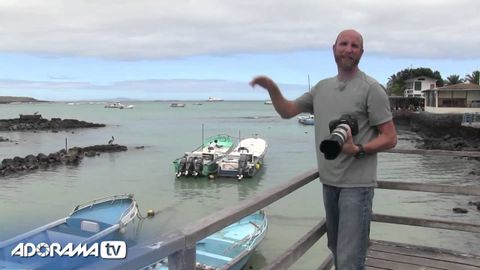
Subtitles & vocabulary
Galapagos Bird Photography: Exploring Photography with Mark Wallace: AdoramaTV
00
Henry Zhang posted on 2016/05/12Save
Video vocabulary
to
US /tu,tə/
・
UK /tə/
- Adverb
- Toward a point, person, place or thing
- Into a state of consciousness or awareness
- Preposition
- Showing that one thing is attached to another
- (Indicates a comparison between two people/things)
A1
More go
US /ɡo/
・
UK /ɡəʊ/
- Verb (Transitive/Intransitive)
- To attend or be at a place
- To do an activity
- Countable Noun
- A turn in a game
A1
More priority
US /praɪˈɔrɪti, -ˈɑr-/
・
UK /praɪ'ɒrətɪ/
- Noun (Countable/Uncountable)
- Thing that is more important/urgent than others
- A level of importance assigned to a task or process in a computer system.
- Adjective
- Denoting something that constitutes a priority.
B1TOEIC
More wanna
US /ˈwɑnə/
・
UK /'wɒnə/
- Verb (Transitive/Intransitive)
- Shortened form of 'want to'. Used only in speaking
B2
More Use Energy
Unlock All Vocabulary
Unlock pronunciation, explanations, and filters
